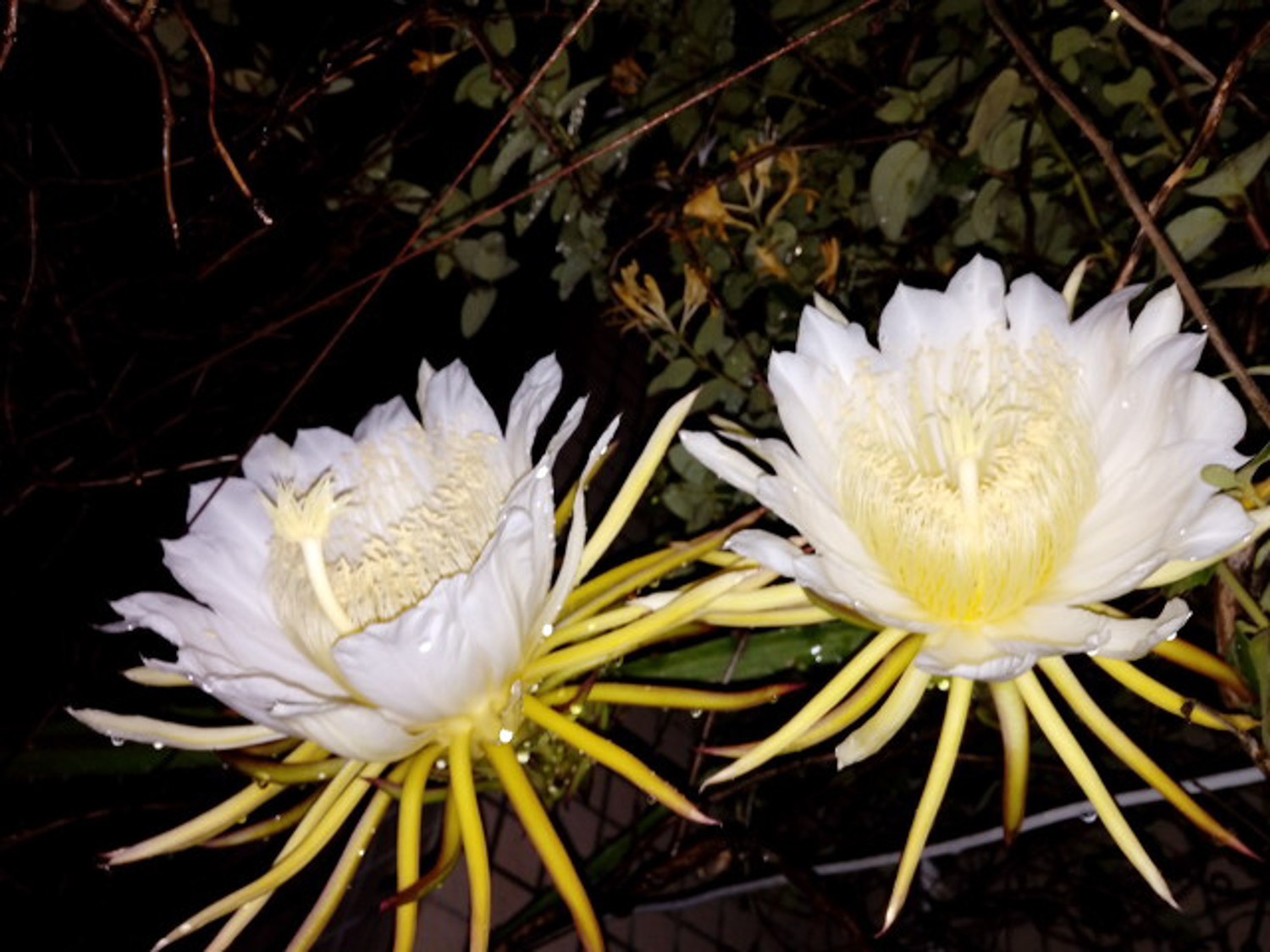1、 Breeding environment
1. Soil: Epiphyllum needs loose and well drained soil, which can be mixed with peat soil, coarse sand and slag
2. Watering: watering in summer should be increased appropriately, but there should be no ponding, otherwise it is easy to rot roots; In winter, the amount of water should be controlled to keep the basin soil dry as much as possible; In case of rainy season, the water in the basin soil shall be treated in time. When the weather is hot, you can spray water around to improve the air humidity and help it grow
3. Light: in spring and autumn, it's best to put it in a semi cloudy place to avoid being exposed to the sun. In summer, it's best to put it in a bright and well ventilated place indoors. You must not be exposed to the sun, otherwise it will easily cause the stem to turn yellow
4. Fertilization: it prefers fertilizer. Generally, rotten organic fertilizer is the best. During the growth period, thin cake fertilizer and water are applied once a half month, and liquid fertilizer is applied again after flowering, which is conducive to flowering the next year

2、 Breeding method
1. Cutting propagation: select healthy and plump leafy stems as cuttings, cut 20-30cm long according to 2-3 sections, cut the base equally, cut the mouth and dry it, and then insert it into the sand bed. It will take root in about 3 weeks
2. Sowing and reproduction: generally, it takes 4-5 years from sowing to flowering, which is generally used for cross breeding

3、 Common diseases and insect pests
1. Root rot: when the root rots, the leaves will wrinkle. The watering amount should be controlled to avoid ponding in the basin soil. You can remove the rotten root and cut again
2. Red spider: when red spider is found, it should be sprayed with drugs in time. Pepper water and other methods can also be used to repel insects


 how many times do yo...
how many times do yo... how many planted tre...
how many planted tre... how many pine trees ...
how many pine trees ... how many pecan trees...
how many pecan trees... how many plants comp...
how many plants comp... how many plants can ...
how many plants can ... how many plants and ...
how many plants and ... how many pepper plan...
how many pepper plan...





























